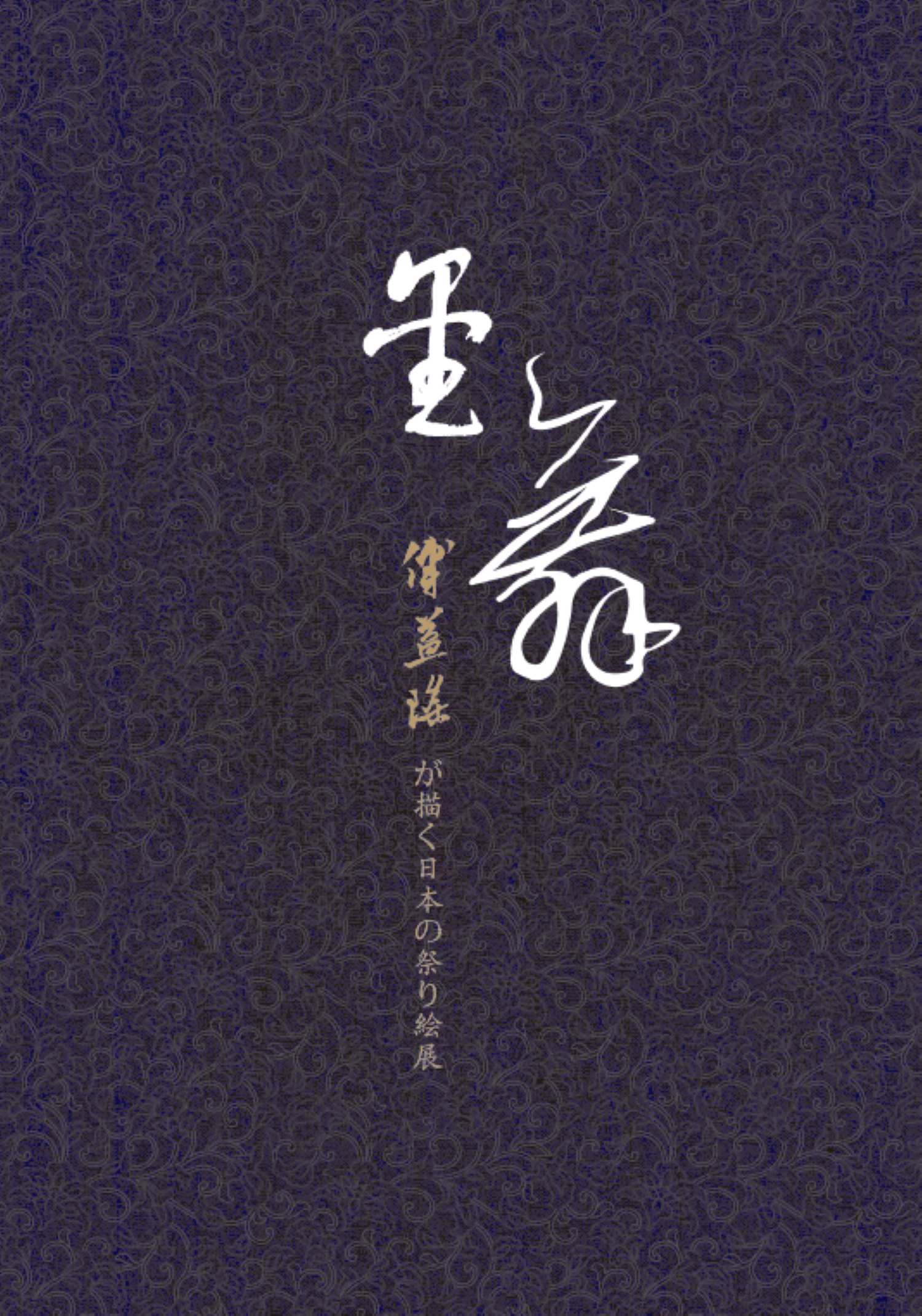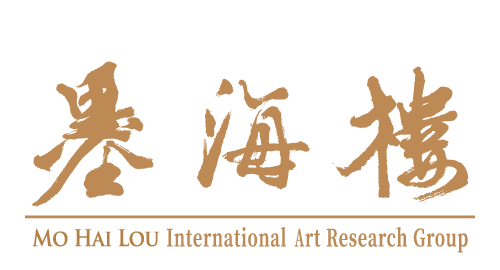
This work provides an in-depth exploration of the artistic journey of Chinese artist Fu Yiyao, particularly focusing on her creative process of depicting Japanese folk festivals through ink painting. The book showcases how she gradually developed her unique artistic style under the influence of her father, Fu Baoshi, and how she transcended the boundaries of traditional Chinese ink painting through the cultural phenomenon of folk festivals in Japan.
Fu Yiyao was born into an artistic family, with her father, Fu Baoshi, being a master of modern Chinese painting. While Fu Baoshi’s artistic achievements laid a solid foundation for her, she endeavored to break free from her father’s shadow early in her career, seeking her own artistic language. This struggle is reflected in her early works, especially during her time studying in Japan, where she created paintings with a distinctive line style that departed from her father’s influence. However, Fu Yiyao did not completely reject her father’s legacy; rather, she later integrated Fu Baoshi’s spirit and techniques into her own style and gradually formed her unique artistic vision by continuously exploring new themes.
The book prominently features Fu Yiyao’s “Folk Festival” series, which began in the late 1980s. This series marked a turning point in her artistic career, representing her emergence from her father’s influence and the creation of an entirely new artistic aesthetic. Japanese folk festivals are an ancient cultural tradition in Japan, characterized by vibrant celebrations and ritualistic elements. After witnessing these festival activities, Fu Yiyao was deeply moved and decided to express this dynamic and wild scene using traditional Chinese ink techniques. This was a challenging endeavor, as the subtlety of Chinese ink painting seemed at odds with the fervor of Japanese festivals. However, Fu Yiyao cleverly combined the “unity of nature and humanity” concept of Chinese landscape painting with the spirit of Japanese folk festivals, creating vibrant works that successfully captured the soul and vitality of the celebrations.
The book describes the challenges and breakthroughs Fu Yiyao faced during her creative process, particularly how she applied the lively brushwork of ink painting to the colorful and dynamic scenes of the festivals. Her most famous works, such as “Suwa Grand Shrine’s Pillar Festival” and “Nachi Fire Festival,” not only showcase the dynamism of the figures but also, through clever composition and brushwork, vividly express the fusion of people with the heavens and deities during the celebrations.


